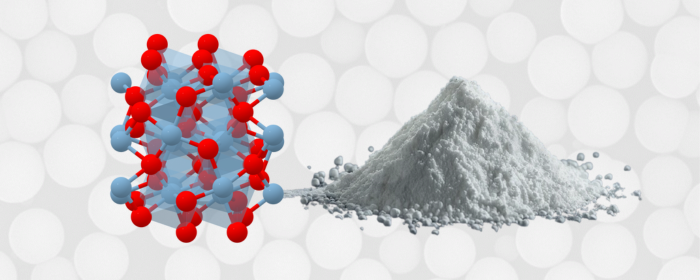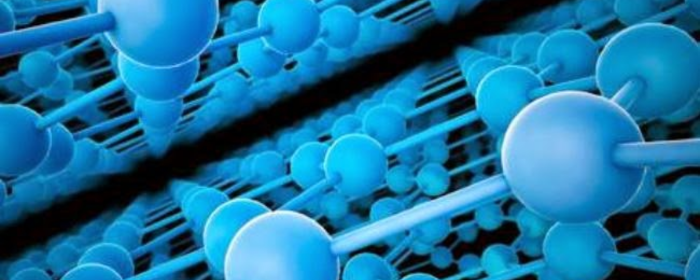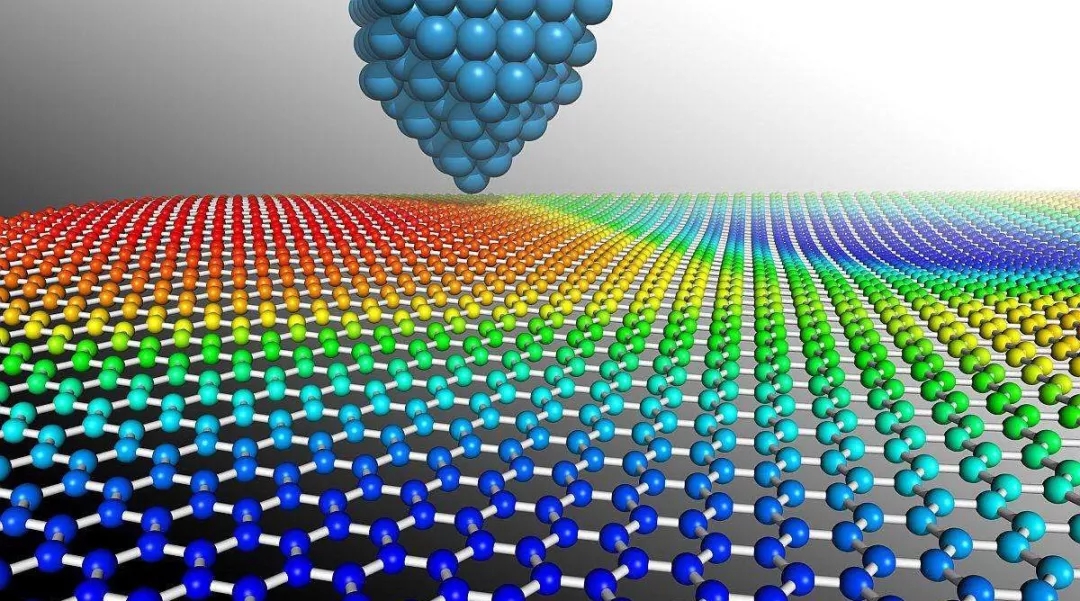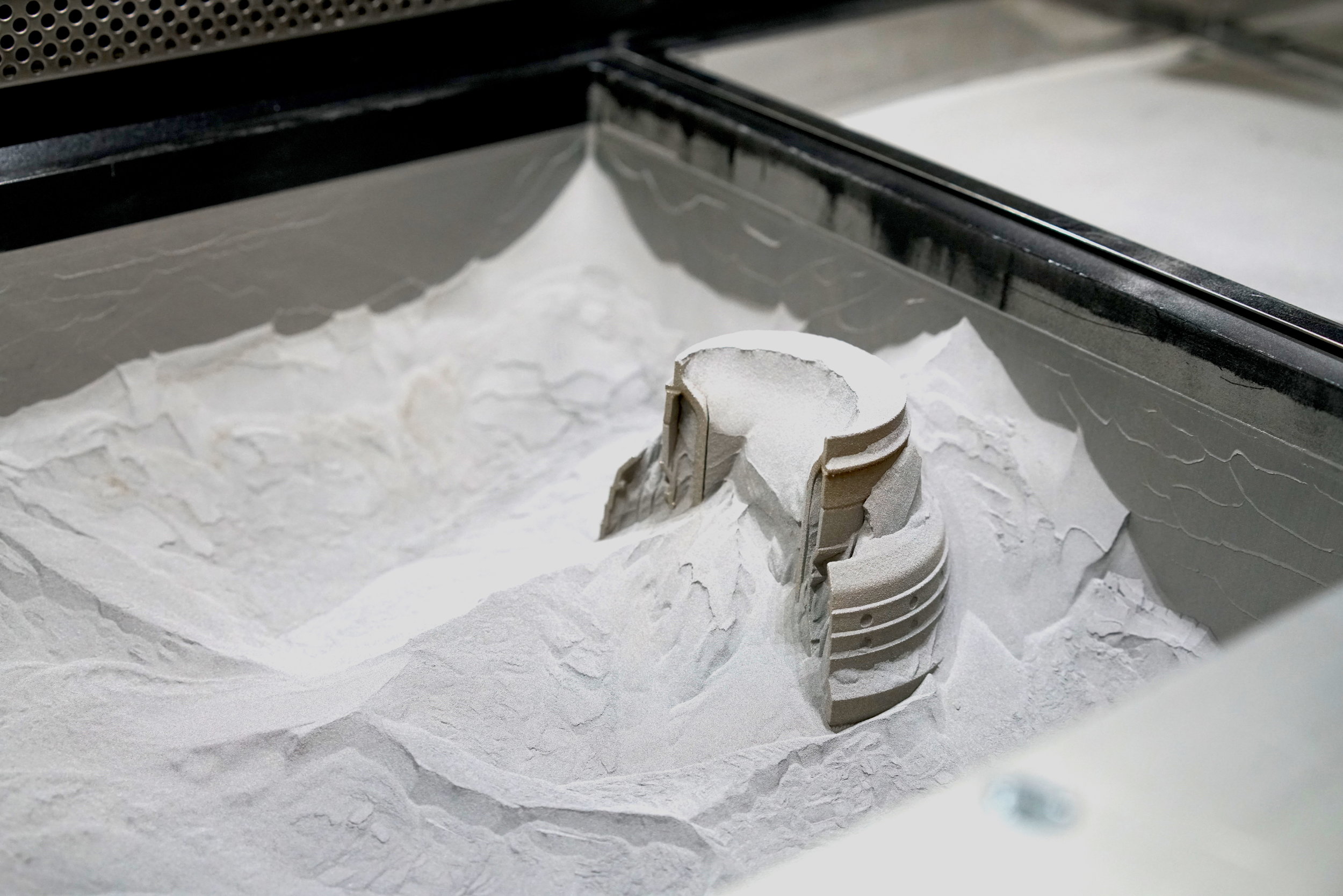

Niobium (Nb) is a high melting point refractory metal possessing excellent corrosion resistance, good superconducting properties, and biocompatibility. Niobium powder and niobium alloy powders have important applications in aerospace, electronics, medical, and nuclear fields. Pure niobium powder has different applications depending on its morphology as well as particle size; whereas niobium alloy powders further improve performance by alloying to meet more demanding industrial requirements.
In our previous articles, we have contrasted four refractory metal powders: Properties And Applications Comparison of Refractory Metals: Molybdenum vs. Tungsten vs. Niobium vs. Tantalum. In this article, we give a more in-depth introduction to the applications of niobium powder and niobium alloy powders.
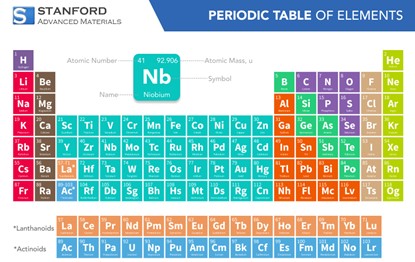
Pure niobium powder is widely utilized in the electronics, chemical, and additive manufacturing sectors. In the electronics industry, high-purity niobium powder can be used to manufacture high-performance capacitors, replacing traditional tantalum capacitors. This substitution reduces costs while maintaining high capacitance characteristics. In the chemical field, niobium powder is often employed to produce corrosion-resistant reaction vessels and pipe coatings due to its resistance to strong acids and bases. In high-end manufacturing, niobium powder can be processed through powder metallurgy to create high-temperature-resistant components, which are applied in extreme environments such as aerospace engines and nuclear reactors. Additionally, niobium powder is also used for preparing superconducting material precursors and high-performance alloy additives for specialized applications.
When mentioning applications in the electronics industry, what are the differences between niobium capacitors and tantalum capacitors? Why replace traditional tantalum capacitors with niobium?
Tantalum capacitors suffer from scarce raw materials and significant price volatility, whereas niobium capacitors offer a more stable supply chain. Modern niobium capacitors have a capacitance volume ratio (CV value) comparable to tantalum capacitors and have been widely replacing tantalum capacitors in consumer electronics. Of course, in high-voltage and ultra-high reliability scenarios, tantalum capacitors remain irreplaceable.
Table 1. Tantalum Capacitors vs. Niobium Capacitors
|
Comparison Item |
Tantalum Capacitors (Ta) |
Niobium Capacitors (Nb) |
|
Raw Materials |
Tantalum (Ta), limited reserves, high price |
Niobium (Nb), more abundant reserves, lower cost |
|
Dielectric Layer |
Ta₂O₅ |
Nb₂O₅ |
|
Dielectric Constant |
~27 |
~41 |
|
Voltage Resistance |
Higher, suitable for medium to high voltage applications |
Slightly lower, suitable for low voltage scenarios |
|
ESR (Equivalent Series Resistance) |
Lower, good high-frequency performance |
Slightly higher, but recent technological improvements have made it close to tantalum capacitors |
|
Thermal Stability |
Excellent (-55°C ~ +125°C) |
Good (-55°C ~ +105°C) |
|
Reliability |
Extremely high, commonly used in military/aerospace |
High, mainstream choice for consumer electronics |
|
Environmental Friendliness |
Contains tantalum, some sources involve conflict minerals |
No conflict mineral issues, more environmentally friendly |
Pure niobium powder is used in different applications depending on its morphology and particle size.
Spherical niobium powder is typically made through atomization with high sphericity, homogeneous particle size distribution, and low impurities. Spherical niobium powder is therefore of good flowability and high bulk density, making it especially suitable for 3D printing and hot isostatic pressing (HIP) forming. Through these technologies, it can be manufactured into aerospace components with complicated shapes or biomedical implants. Additionally, spherical niobium powder can also be used in plasma spraying to form high-temperature and wear-resistant protective coatings on the surface of major components.
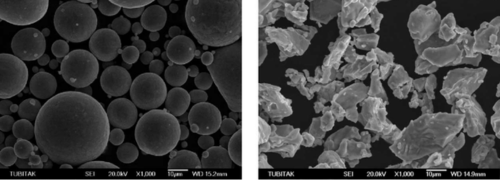
Table 2. Comparison of Physical Properties Between Spherical Niobium Powder and Irregular Niobium Powder
|
Characteristics |
Spherical Niobium Powder |
Irregular Niobium Powder |
|
Morphology |
Regular spherical, smooth surface |
Irregular particles, many edges, rough surface |
|
Flowability |
Excellent |
Poor |
|
Bulk Density |
High |
Lower |
|
Specific Surface Area |
Smaller, low oxidation risk |
Larger, easy to adsorb impurities |
Nano niobium powder, with nanoscale particle size, possesses an ultra-high specific surface area and surface activity. Nano niobium is better than common niobium powder in the application of electronic devices, particularly for the manufacturing of high-performance supercapacitor electrodes and lithium-ion battery anode materials. In addition, in the biomedical field, nano niobium powder is widely applied in drug delivery systems and surface modification of medical implants. Its applications in quantum technology and superconducting materials are also increasingly prominent, which are high-precision applications that cannot be achieved with normal niobium powder.
Although pure niobium powder possesses better performance, alloying is required in certain extreme conditions to enhance comprehensive properties, such as ultra-high temperature, severe oxidation atmosphere, or superconducting application. Common niobium alloy powders are C103, Nb521, niobium-titanium alloys, and niobium-zirconium alloys, which play significant roles in different fields.
C103 (Niobium Hafnium) is a high-strength niobium alloy with high high-temperature strength and oxidation resistance. C103 alloy powder is mainly used for high-temperature components of aerospace engine nozzle parts, rocket propulsion systems, and satellite/spaceship thermal protection structure parts. Due to its excellent weldability and thermal processing characteristics, C103 niobium alloy powder is also used in additive manufacturing, which enables the direct production of complex high-temperature-resistant components.

C103 primarily consists of niobium (Nb) with additions of other elements such as titanium (Ti), zirconium (Zr), hafnium (Hf), and molybdenum (Mo).
Read more: Overview of C103 Spherical Powder: Composition, Properties, Applications
Nb521 is a high-temperature creep-resistant niobium tungsten alloy applied where materials are subjected to severe thermal stress for extended periods. Jet engine airframe turbine blades and nuclear reactor fuel cladding materials are common uses of this alloy powder. Nb521 also exhibits better mechanical strength at high temperatures than pure niobium and has a high resistance to thermal fatigue and oxidation.
What's the Difference Between Nb521 and C103 Niobium Alloy Powders?
Table 3. Composition Comparison of Nb521 vs C103
|
Element |
Nb521 |
C103 |
|
Niobium (Nb) |
94-95% |
89-94% |
|
Tungsten (W) |
4-5% |
None |
|
Titanium (Ti) |
None |
4.5-5.5% |
|
Hafnium (Hf) |
None |
9-11% |
|
Zirconium (Zr) |
1-2% |
0.8-1.2% |
|
Impurities |
C/O/N ≤ 0.1% |
C ≤ 0.03%, O ≤ 0.025% |
Key Difference: Compared to the C103 alloy, the niobium-tungsten Nb21 alloy has a similar density but offers better high-temperature strength. However, the C103 alloy improves oxidation resistance and machinability by adding titanium (Ti) and zirconium (Zr).
Niobium-titanium alloys are prominent components of applications in superconducting materials. Their powders can be utilized for the manufacture of superconducting wires, which have widespread applications in magnetic resonance imaging (MRI), nuclear magnetic resonance (NMR), and particle accelerators. Niobium-titanium alloys have comparatively high critical temperatures of superconductivity and suitable processing characteristics to form fine wires or composite superconducting tapes with high magnetic field application specifications.

magnetic resonance imaging
Niobium-zirconium alloys have good application in the nuclear sector due to their excellent corrosion resistance, high-temperature strength, and high neutron absorption performance. Alloy powder has applications in the manufacturing of fuel cladding for nuclear reactors, structural support components, and piping material for liquid metal cooling systems. Niobium-zirconium alloys are also used in chemical plant process equipment, which is resistant to corrosion by molten salts and strong acids.
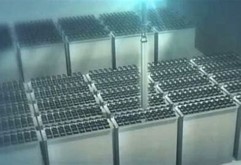
fuel cladding for nuclear reactors
Niobium powder and niobium alloy powders play important roles in many areas of high-tech uses due to their unique properties. Pure niobium powder is a key material in the areas of electronics, chemical processing, and additive manufacturing, and niobium alloy powders (such as C103, Nb521, niobium-titanium alloys, and niobium-zirconium alloys) further expand the usage range of niobium materials, enabling them to cope with more severe industrial conditions.
Table 4. Main Application Areas of Different Niobium Powder Products
|
Material Type |
Typical Composition |
Main Application Areas |
|
Pure Niobium Powder |
High-purity niobium (≥99.9%) |
Capacitors, corrosion-resistant coatings |
|
Spherical Niobium Powder |
Spherical high-purity niobium |
Additive manufacturing, plasma spraying, biomedical implants |
|
Nano Niobium Powder |
High-purity niobium (particle size 1-100 nm) |
Superconducting materials, catalysts, biomedicine |
|
C103 |
Nb, Hf, Zr, W, Ta |
Aerospace engine nozzles, rocket high-temperature components |
|
Nb521 |
Nb, Ti, Zr |
Aircraft engine blades, nuclear reactor structural materials |
|
Niobium-Titanium Alloy |
Nb, Ti |
Superconducting wires (MRI, particle accelerators, NMR equipment) |
|
Niobium-Zirconium Alloy |
Nb, Zr |
Nuclear reactor fuel cladding, corrosion-resistant chemical equipment |
With the advancement of material science, the applications of niobium powder and niobium alloy powders will continue to expand, providing better solutions for high-end manufacturing and cutting-edge technologies.
Stanford Advanced Materials (SAM) offers niobium powders and niobium alloy powders in a variety of morphologies and particle sizes. If you are interested, please contact our professional sales team through "Get a Quote."

